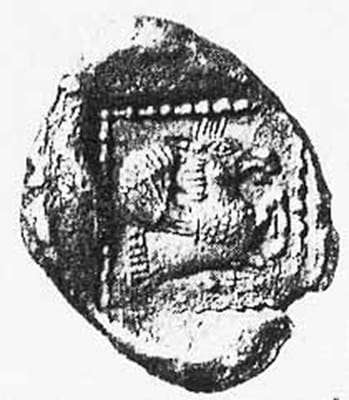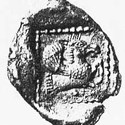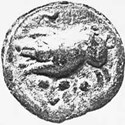For example, an early coin (c.520-480BC) with a fine archaic image of Pegasus was estimated at €300 (£215). It made exactly three times that.
In the third century BC the Italian peninsula operated much of its commerce with large cast bronze coins. Most are very rare indeed. It operated on a duodecimal system (12, like our clocks), hence the three large dots below the rather engaging piggy indicated a quarter unit - a quarter of 12 is three. The estimate was €500 and it realised €650 (£470).
As portraits go, the image of Trajan (AD98-117) on a large bronze could hardly be bettered. This time the estimate was €500 and it realised €900 (£645).
Returning to this country, a particularly desirable denarius of the usurper in Britannia and northern Gaul (AD291), Carausius, struck at London, bore an estimate of €1500 (£1080) and made exactly double this.
This small sample is enough to confirm what most of us assume, namely that a well-catalogued collection of good material - particularly when it has not been seen for some time - always does very well indeed.
Exchange rate: £1 = €1.39
Market-fresh and with its own Pegasus
THERE was another vast sale (2180 lots) in Osnabruck held by F.R. Kuenker (15% buyer’s premium) on September 27-28. It was the classical collection of Professor Dr Hagen Tronnier that had clearly been formed over a very long time and there were many pieces which had not been available for general study for ages. This factor resulted in some higher than expected prices.








